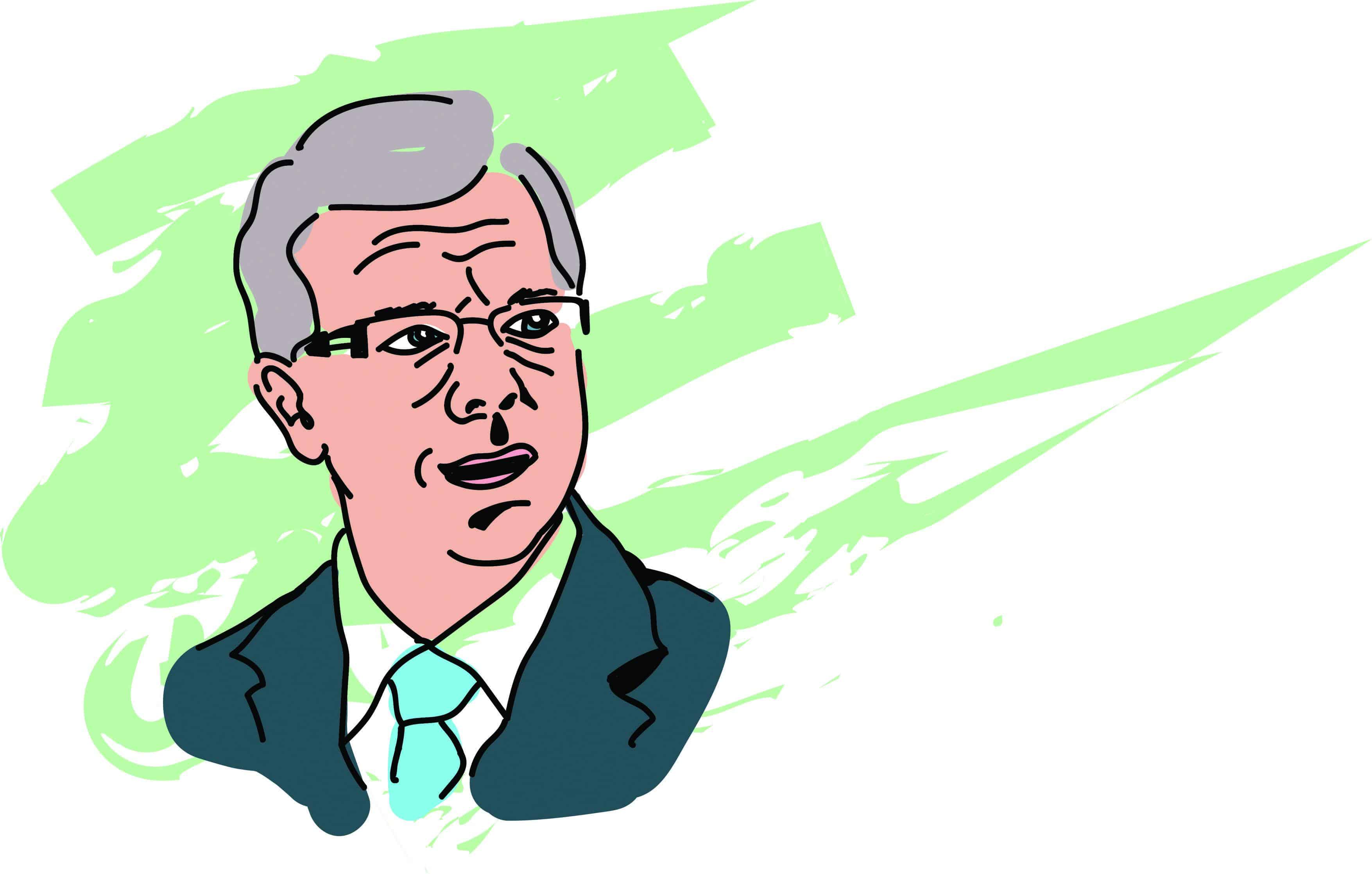Working out with one hand 2.0

Same hand, somehow new possibilities?
Learning to exercise with one hand poses a unique challenge when much of the equipment and exercises are designed with two in mind. In a previous piece, I highlighted the creative problem-solving required to use exercise equipment when one does not fit the assumptions of its design.
How do you bench press with only one hand? Is a tricep pushdown possible with no palm or fingers to manipulate the handle into place?
Disability is often conceptualized as a status. It is applied to individuals at some point in their lives, and once that status is applied, the assumption is that it is a permanent status. Having a disability means you are disabled, end of story.
Tobin Siebers’ Disability Theory investigates the resulting societies of this sort of system. Medical models we use for diagnosis and treatment contribute to this unidimensional and linear understanding of the experience of disability.
However, individual experiences of disability are not this neat and tidy. Humans are temporal creatures, and we move through time. We grow, change, develop, strengthen, fluctuate, deteriorate, and mend over and over again. Disability – if only temporary – is an inevitable experience.
Sprained ankles, strained shoulders, broken arms, and pinched nerves all disable too, even if it’s only temporary. Injuries from sports or exercise are incredibly common, and an affected part of the body requires you to reconsider how you should move through the world. Congenital disabilities can demand different sorts of attention or care in all stages of life.
The fluid nature of disability and our embodied experience demands a never-ending re-engagement with our understanding of ourselves, the world, our limits, and our possibilities. This undertaking is frustrating, but there are resources that offer some perspective that may surprise you.
Social media: actually useful for once?
While social media is fraught with many problematic aspects, the ubiquity of platforms has provided space for individuals and their disabilities. Instagram reels of athletes with limb differences lifting weights using innovative solutions show countless other ways to exercise.
Using common gym equipment like chains, straps, hooks, and exercise machines like the assisted dip machine in alternative ways opens up new possibilities. Accommodating a disability allows those with disabilities to have new embodied experiences.
Revisiting old enemies to make new friends!
Learning (or re-learning) how your body works and what it can do is an ongoing process. Going back to equipment or exercises that once were not possible or that caused pain or frustration and gaining new insight about yourself each time demonstrates precisely why disability cannot possibly be a static experience.
At one time, bench pressing with one hand seemed impossible. After learning which muscles were working and what the proper form was, I discovered I had just enough wrist to press against the bar to be effective. Despite gaining this understanding, bench press remained impossible.
However, revisiting a machine I had failed to use again and again and listening to my body helped me broker a new relationship with my experience of it. Eventually, using padding to make up the difference in the length of my arms and thinking specifically about which angles to utilize with a limb I use in quirky ways, my embodied experience of my disability in this context changed.
Disability is a part of every human life in a multitude of ways. We all have experience with it in form or another, and conceptualizations of disability as merely something to be cured or as something that is static is deeply problematic.
Medical models and understandings of disability damage our ability to engage and fully understand our embodied experiences. Viewing disability as a static, unchanging label requires us to directly ignore the fact that humans grow, change, and learn as they move through life.









